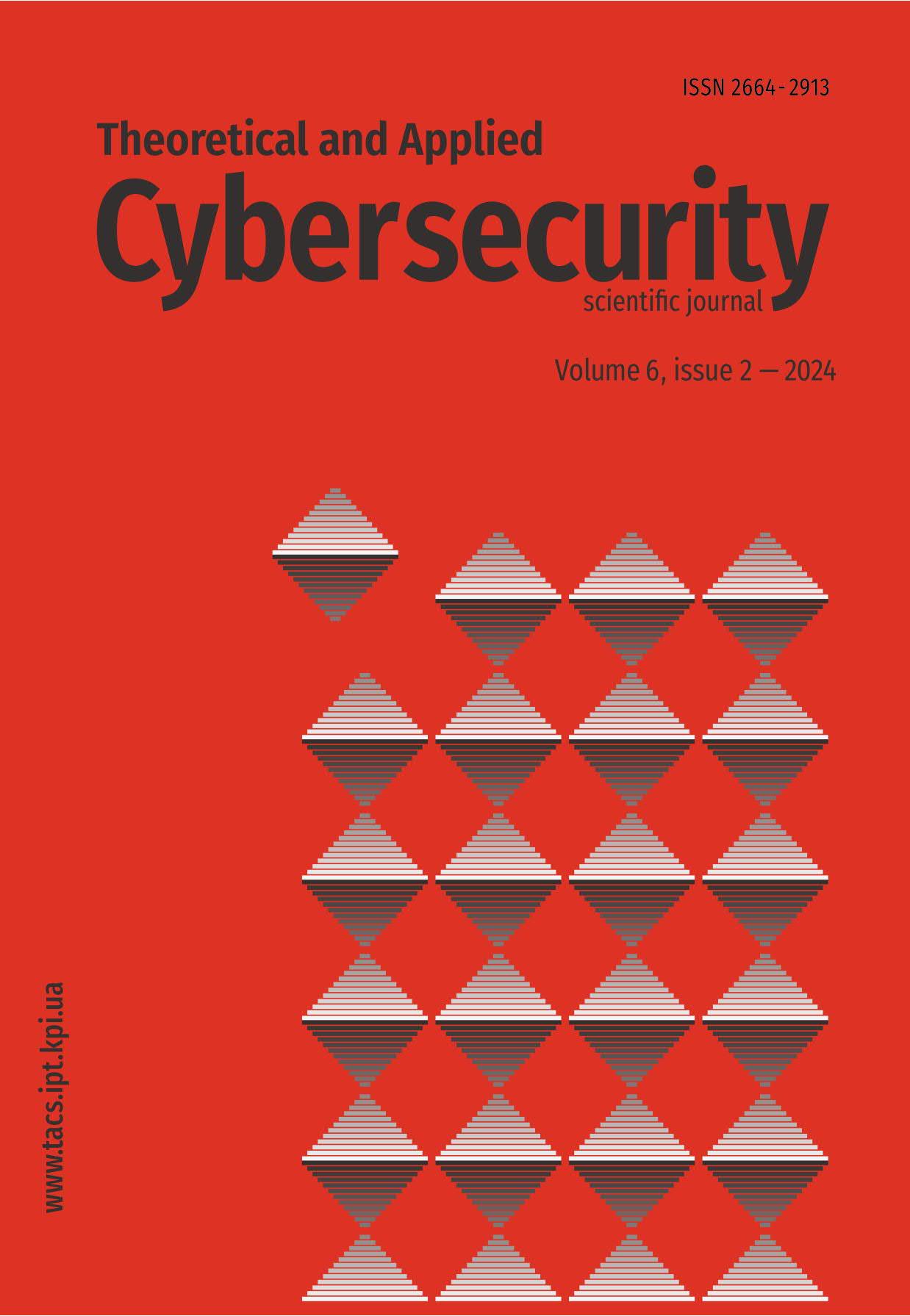Fuzzy logic in risk assessment of multi-stage cyber attacks on critical infrastructure networks
DOI:
https://doi.org/10.20535/tacs.2664-29132024.2.318023Abstract
In the current environment, critical infrastructure has become the target of increasingly complex multi-stage cyber attacks characterized by sequential phases of infiltration, privilege escalation, and lateral movement within the target network. Traditional risk assessment methods often rely on assumptions of precise data availability and well-defined probabilities, which limit their applicability in real-world scenarios marked by uncertainty and imprecise information. This paper proposes an approach based on the use of fuzzy logic systems to assess the risks of multi-stage cyber attacks against networked critical infrastructure services. The proposed methodology takes into account the ambiguity and fuzziness of input data, expert judgments, and the dynamic progression of attacks. The result is a more flexible and adaptive risk assessment model that supports informed decision-making to enhance cybersecurity, prioritize countermeasures, and optimize the allocation of defensive resources.
Downloads
Published
Issue
Section
License
Authors who publish with this journal agree to the following terms:
Authors retain copyright and grant the journal right of first publication with the work simultaneously licensed under a Creative Commons Attribution License that allows others to share the work with an acknowledgement of the work's authorship and initial publication in this journal.
Authors are able to enter into separate, additional contractual arrangements for the non-exclusive distribution of the journal's published version of the work (e.g., post it to an institutional repository or publish it in a book), with an acknowledgement of its initial publication in this journal.
- Authors are permitted and encouraged to post their work online (e.g., in institutional repositories or on their website) prior to and during the submission process, as it can lead to productive exchanges, as well as earlier and greater citation of published work (See The Effect of Open Access).

